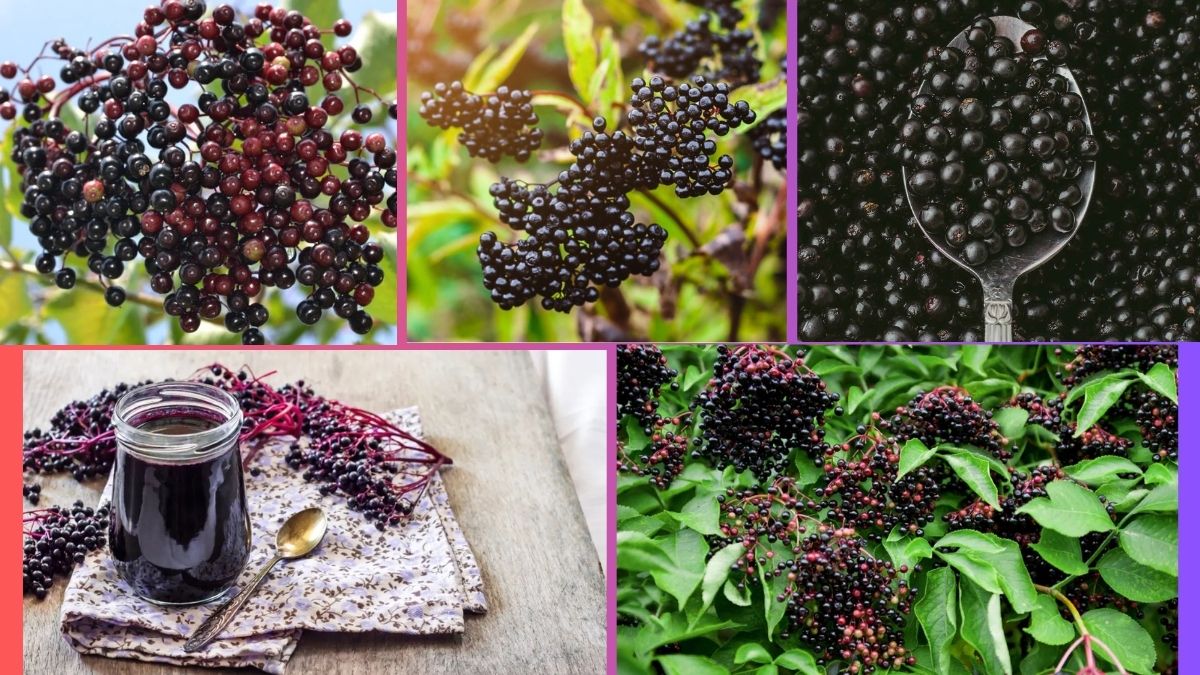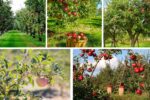In recent years, elderberries have gone from being an old-world folk remedy to a globally recognized superfood. Known for their rich antioxidant content, immune-boosting benefits, and versatility in syrups, teas, jams, and supplements, elderberries are now a staple in health-conscious households around the world. But where exactly does the world get most of its elderberries? Which countries lead in production, and how do global markets meet the rising demand for this tiny, potent fruit? Let’s take a deep dive into the fascinating world of elderberry production.
Understanding Elderberries: A Brief Introduction
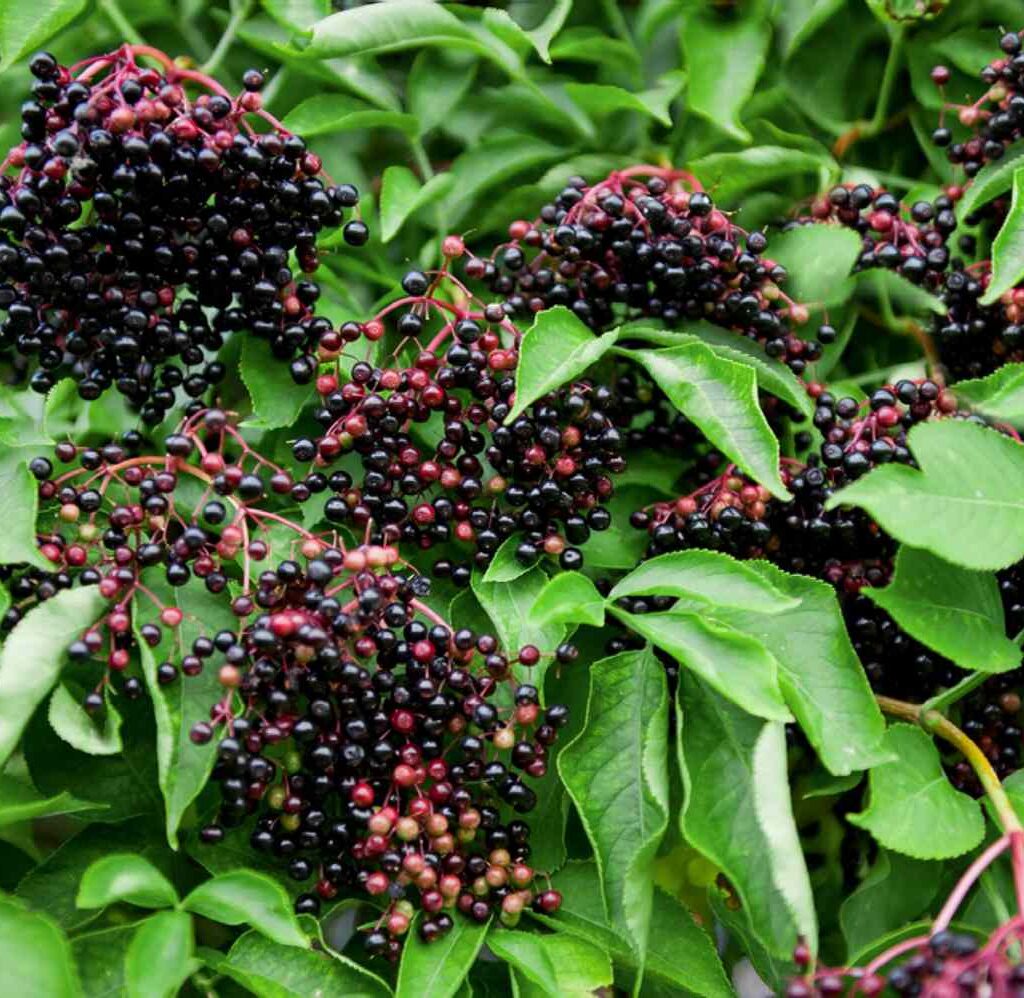
Elderberries are small, dark purple berries from the Sambucus genus, most notably Sambucus nigra in Europe and Sambucus canadensis in North America. These berries thrive in temperate regions and have been used for centuries in herbal medicine, especially for treating colds, flu, and inflammation.
They’re rich in:
- Anthocyanins (powerful antioxidants)
- Vitamins A, B6, and C
- Fiber, potassium, and iron
Elderberries must be cooked before consumption, as raw berries and other plant parts can be mildly toxic.
The Global Elderberry Supply Chain
Unlike mass-produced fruits like bananas or apples, elderberries are often grown in smaller-scale operations, both in wild hedgerows and cultivated fields. The world’s supply comes primarily from a few key countries, with both wild harvesting and organized farming playing important roles.
China: The Leading Producer
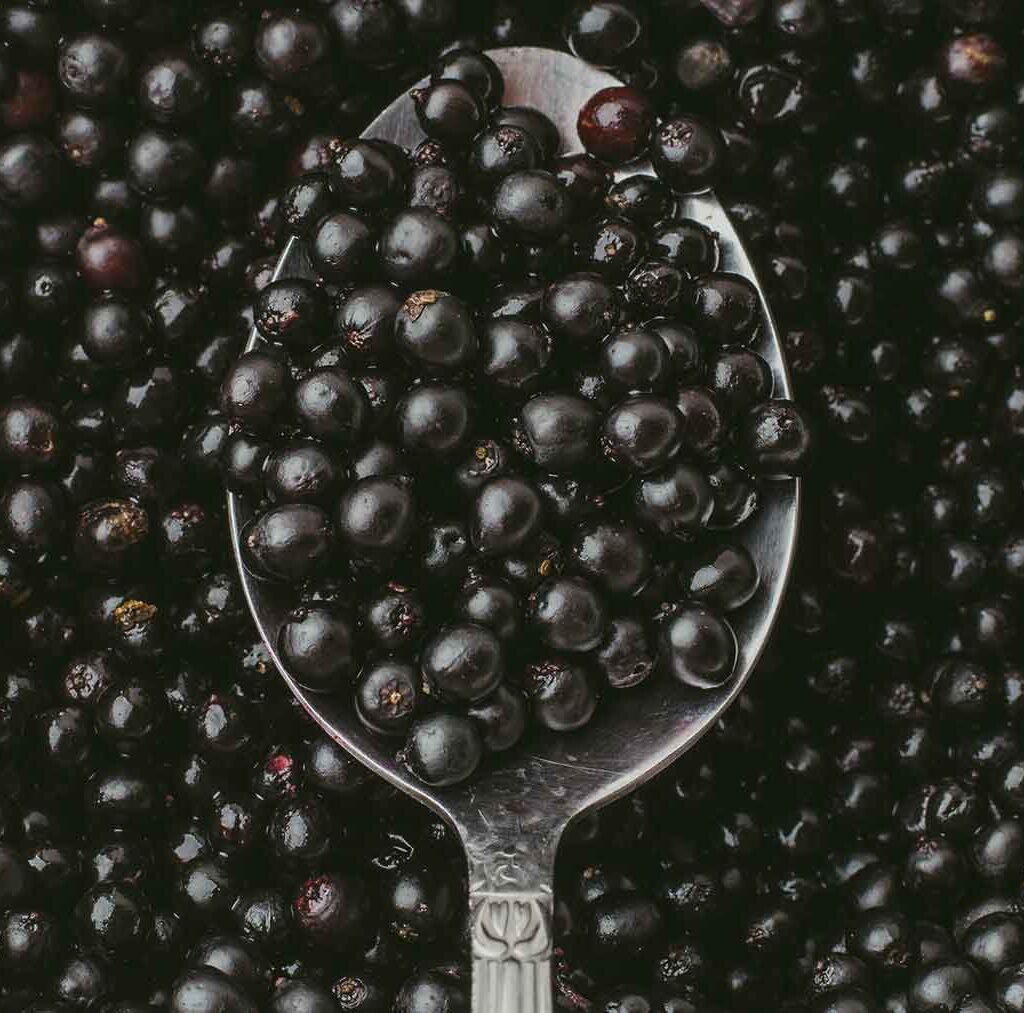
China is the world’s largest producer of elderberries, contributing a substantial share of the global market. Chinese elderberries are primarily used in:
- Traditional Chinese Medicine (TCM)
- Nutritional supplements
- Herbal extracts for export
Provinces like Shaanxi, Hebei, and Shandong are the main growing areas due to their temperate climates. China’s elderberry farms are well-organized, and the country leads not only in raw berry production but also in dried, powdered, and extract forms, making it a significant supplier for North American, European, and Asian health markets.
Ukraine: A Wild Harvest Powerhouse
Ukraine is one of Europe’s largest suppliers of elderberries, especially from wild-harvested sources. The country’s rural landscapes are filled with wild-growing elderberry shrubs, particularly in the western and central regions.
Highlights:
- Exports of over 7,000 metric tons annually
- Supplies elderberries to the European Union, Japan, and the U.S.
- Valued for their high antioxidant content and natural, pesticide-free growth
Elderberries in Ukraine are mainly collected by hand from wild bushes, then processed into juices, syrups, or dried for export.
Austria: Renowned for Premium Quality
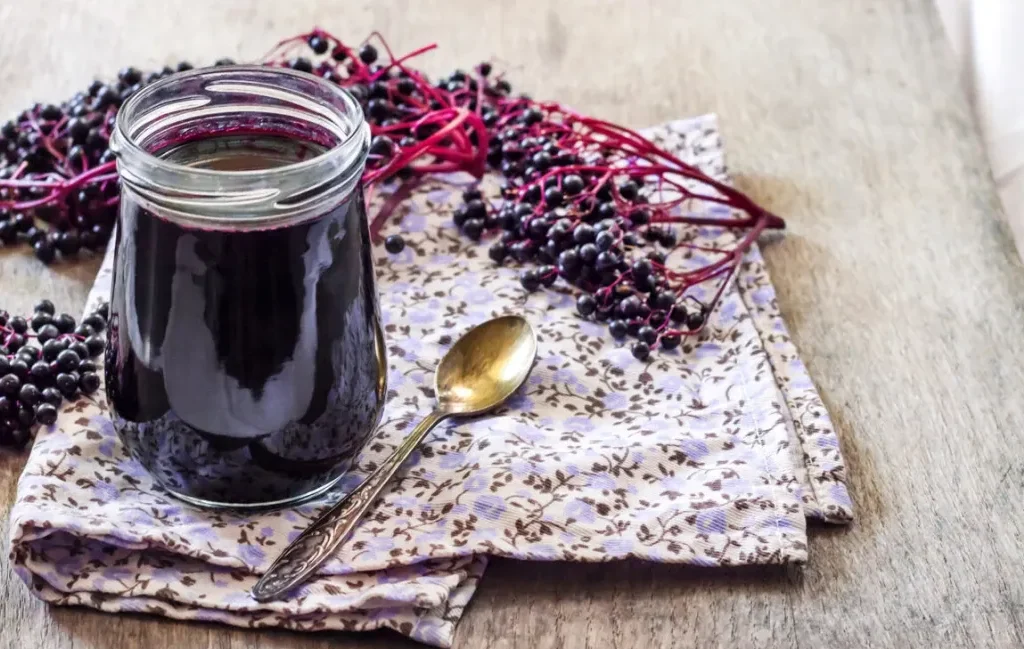
Austria, though not the largest producer by volume, is highly respected for the exceptional quality of its elderberries. Regions like Upper Austria and Styria specialize in elderberry cultivation, with farmers often adhering to organic and sustainable farming practices.
Austrian elderberries are in high demand for:
- Elderberry syrups and liquors
- Pharmaceutical-grade extracts
- High-antioxidant dietary supplements
Austria’s reputation comes from both the purity of its elderberries and strict quality control standards in farming and processing.
Germany: A Historic Elderberry Producer
Germany has a long history of cultivating elderberries for both medicinal and culinary purposes. Elderberry syrups, teas, wines, and jams have been part of German traditions for centuries.
Key facts:
- Combines both wild harvesting and small-scale farming
- Known for organic elderberry farming, especially in Bavaria and Baden-Württemberg
- Supplies elderberry products domestically and across Europe
German elderberries are favored for their deep color, high anthocyanin content, and rich flavor profile.
United States: Expanding Domestic Production
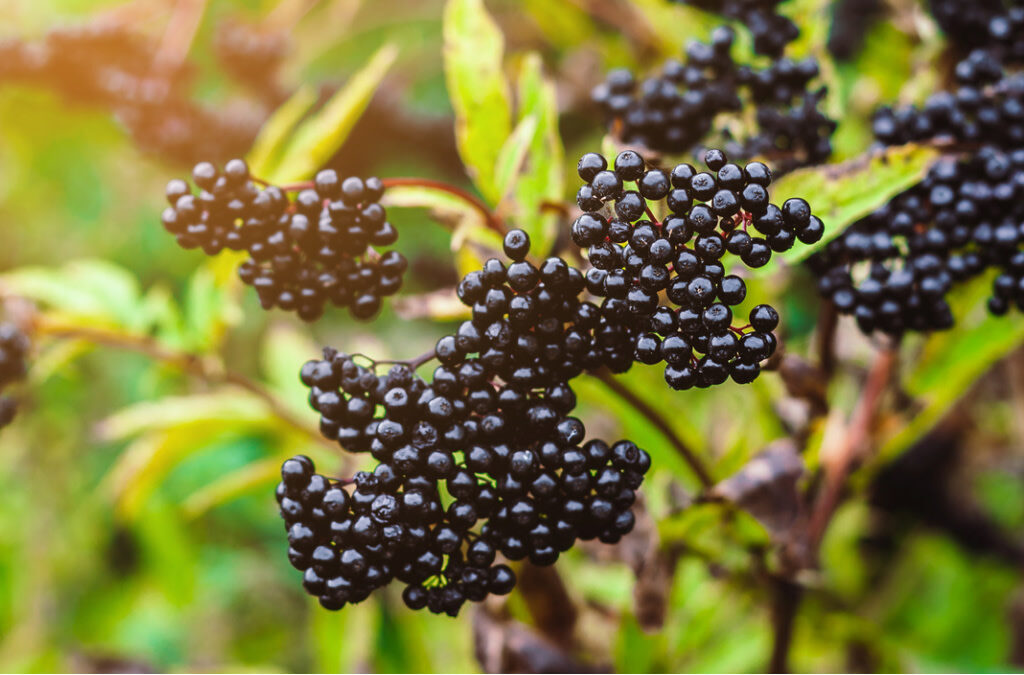
In North America, elderberries (Sambucus canadensis) grow abundantly in the wild, especially in the Midwest. While historically wild foraged, commercial elderberry farming in the U.S. has been on the rise.
Notable regions:
- Missouri: Often called the elderberry capital of the U.S.
- Iowa, Minnesota, and Arkansas: Growing hubs of elderberry cultivation
- Home to organizations like the Midwest Elderberry Cooperative, which promotes sustainable elderberry farming
Although the U.S. currently imports much of its elderberry supply (particularly from Europe and China), domestic production is expanding rapidly to meet growing demand for locally-sourced elderberry products.
Other Noteworthy Contributors
Besides these major players, several other countries contribute to the world’s elderberry supply:
- Poland: Known for both wild harvesting and elderberry plantations; produces elderberry wines and jams.
- Hungary: Once a leading elderberry producer in the 1990s, it still maintains notable elderberry acreage today.
- Romania: An important supplier of wild-harvested elderberries in Eastern Europe.
- Vietnam: Emerging as an exporter of dried elderberry and elderberry extracts.
Global Market Trends & Demand

The global elderberry market has surged in recent years, especially during the COVID-19 pandemic, when immune-boosting supplements and natural remedies saw record-breaking demand. Elderberry syrup, in particular, became one of the most sought-after herbal remedies.
Why is demand growing?
- Increased consumer focus on natural wellness and immune health
- Rising popularity of elderberry supplements and teas
- Expanding use of elderberry in nutraceutical, cosmetic, and functional food industries
The global elderberry product market is projected to grow by 7-8% annually through 2030, fueled by demand in the U.S., Europe, and parts of Asia.
Challenges in Elderberry Production
While elderberries are hardy and adaptable, their cultivation and harvest face several challenges:
- Short shelf life: Elderberries are highly perishable and must be processed quickly after harvest.
- Labor-intensive harvesting: Most elderberries are still handpicked, as mechanical harvesting can damage the delicate berries.
- Toxicity in raw form: Raw elderberries contain cyanogenic glycosides, making proper processing essential.
These challenges make elderberry production more niche and specialized compared to other fruits, contributing to its higher market value.
Elderberries in Traditional Uses and Modern Products
Across the globe, elderberries have been traditionally used for:
- Treating colds and flu
- Making syrups, jams, and wines
- Natural dyes for textiles and foods
Modern uses include:
- Herbal supplements and tinctures
- Elderberry gummies and capsules
- Elderberry-infused skincare products
- Functional beverages and immune-boosting shots
Conclusion: Where the World’s Elderberries Come From
To sum up, the world’s elderberries primarily come from a combination of China, Ukraine, Austria, Germany, and the United States. While China leads in production volume, Europe remains the benchmark for quality, particularly with Austrian and German elderberries prized in health and wellness markets.
With growing global demand for natural immune-boosters and plant-based remedies, elderberries are experiencing a renaissance. As production expands in the U.S. and emerging markets like Vietnam and Romania, elderberries are poised to remain one of the world’s favorite health-supporting fruits for years to come.
Would you like a follow-up article on the health benefits of elderberries, how elderberry syrup is made, or how to grow elderberries at home? I’d be happy to prepare those for you too!Tools
